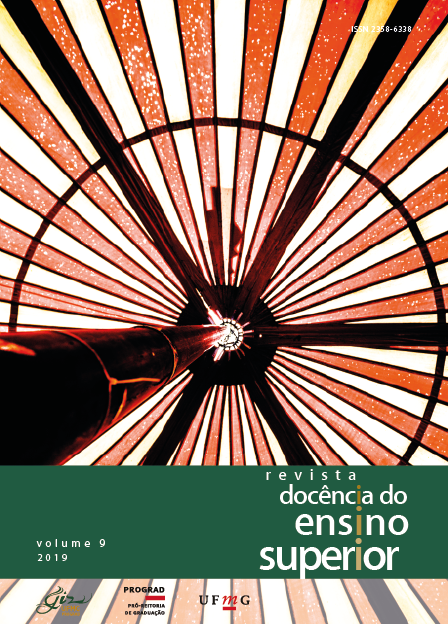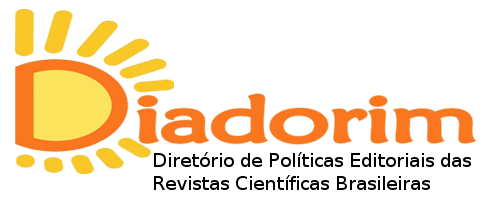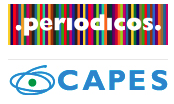Utilização de simulação clínica no ensino sobre terminalidade da vida na Enfermagem
relato de experiência
DOI:
https://doi.org/10.35699/2237-5864.2019.2559Palavras-chave:
Morte, Luto, Educação em Enfermagem, Educação Superior, Materiais de ensinoResumo
A morte apresenta-se na vida de todos como parte de um ciclo que é inevitável, desenrolando-se de forma distinta para cada indivíduo. O preparo do profissional da Saúde durante o período de graduação colabora para a orientação dos graduandos frente à situação de morte e luto, minimizando o sentimento de frustração diante da perda. Para isso, o docente pode contar com o auxílio de metodologias ativas, que visam a transportar o discente para situações mais próximas das que serão vividas. Objetiva-se, neste trabalho, relatar a experiência de professores ao abordar o tema morte em pediatria, com alunos do quinto período do curso de graduação em Enfermagem – Bacharelado de um centro universitário de Porto Alegre/RS. Foi possível identificar o despreparo e o medo dos discentes para falar na morte, expondo a necessidade de um trabalho contínuo e projetado para retomar, durante toda a formação, as situações de morte e luto.
Downloads
Downloads
Publicado
Edição
Seção
Licença
Autores que publicam nesta revista mantêm os direitos autorais e concedem à revista o direito de primeira publicação, com o trabalho simultaneamente licenciado sob a Licença Creative Commons Attribution que permite o compartilhamento do trabalho com reconhecimento da autoria e publicação inicial nesta revista.
Autores têm autorização para assumir contratos adicionais separadamente, para distribuição não-exclusiva da versão do trabalho publicada nesta revista (ex.: publicar em repositório institucional ou como capítulo de livro), com reconhecimento de autoria e publicação inicial nesta revista.
Política de acesso aberto:
A Revista Docência do Ensino Superior é um periódico de Acesso Aberto, o que significa que todo o conteúdo está disponível gratuitamente, sem custo para o usuário ou sua instituição. Os usuários podem ler, baixar, copiar, distribuir, imprimir, pesquisar ou vincular os textos completos dos artigos, ou usá-los para qualquer outra finalidade legal, sem solicitar permissão prévia do editor ou do autor, desde que respeitem a licença de uso do Creative Commons utilizada pelo periódico. Esta definição de acesso aberto está de acordo com a Iniciativa de Acesso Aberto de Budapeste (BOAI).



























